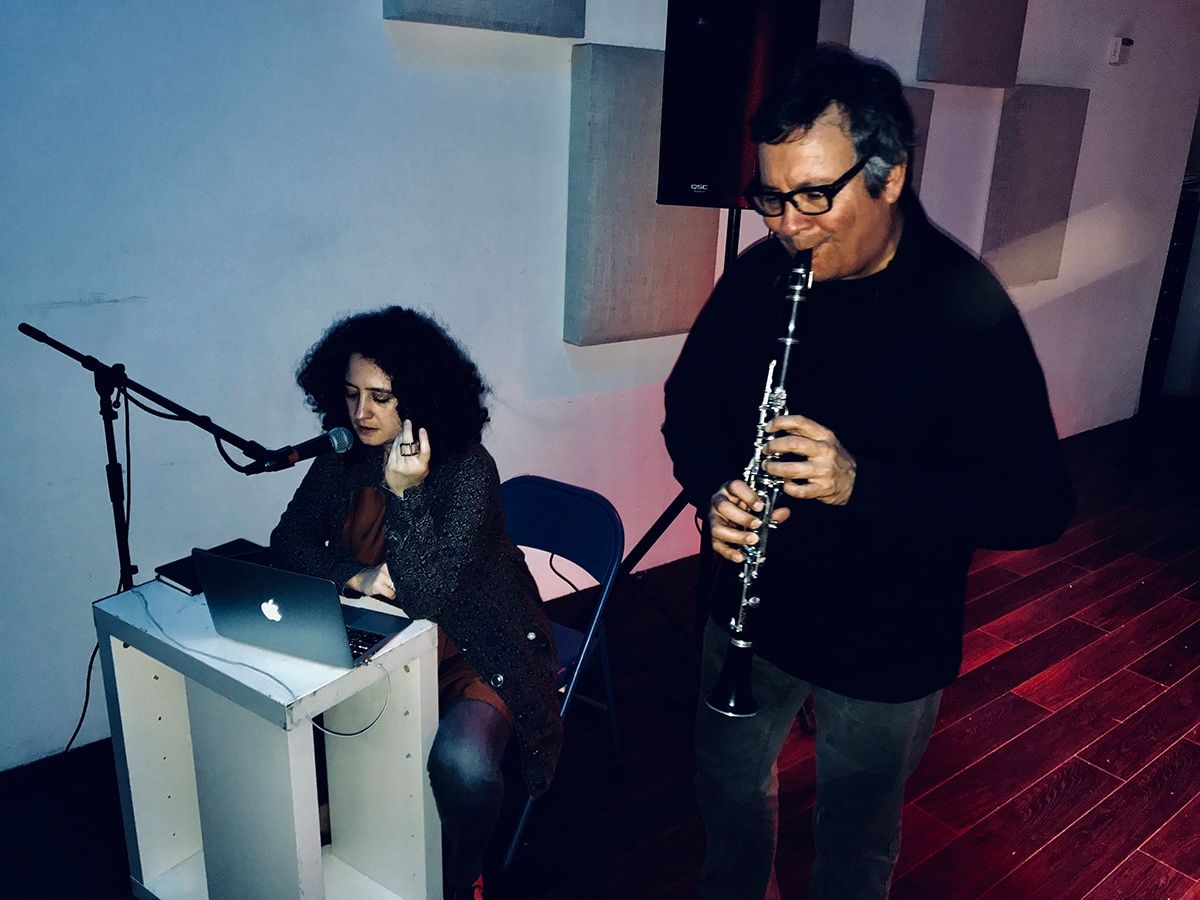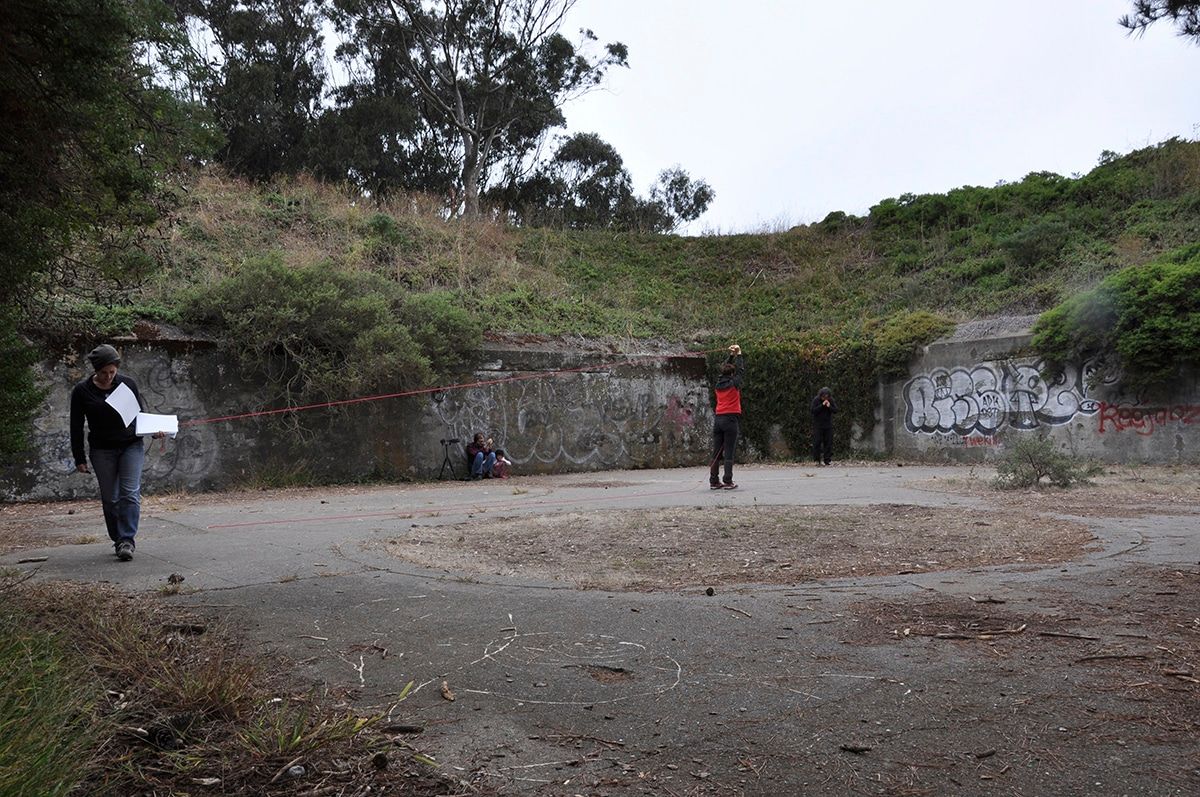Oh my gosh, so many. In addition to Phillip, other loved ones who’ve influenced my work include the visual and performance artist Anne Walsh Jr.; the video and sound artist Brian Rogers; the choreographers Rashaun Mitchell and Silas Riener; the writer and curator Jordan Stein; the writers Elizabeth Robinson, Amanda Nadelberg, Maxe Crandall, and Suzanne Stein; the artist and publisher Paul Chan; the writer and historian Megan Metcalf; the artist Teresa Baker; the writer and performer Kristen Kosmas; the musicians Tim Perkis and Evelyn Davis; and my parents, Kathleen and Richard La Rocco. This could be a much longer list; I’m restricting myself to loved ones with whom I’ve been in some form of steady-ish/meaningful and art-generative contact in recent years. More important than specific collaborations I’ve had with people on this list (though some of those have been very important in shifting how I work), I think of them as influences because they make my mind and my imagination light up. And then there is an even longer and more varied list of people, places, ideas, creatures, activities, ideas, things… such as the aforementioned NYC dance world, the poet-critic tradition, growing up on the coast of Maine, Ursula K. Le Guin, music in the Bay Area, trying and mostly failing to practice mindfulness, my brother, New York, my bad-tempered cat Ehu, teaching, editing, birdwatching, walking around Oakland, boxing, time spent in the Arizona desert, places I have traveled to that now live in my mind (Norway, yes), tennis, gardening, people-watching and listening, science-fiction, mythology, too many movies, the X-Men, constellations, memory, nature, and the endless, endless, endless reading of books. Maybe I am just writing a list of things I love or have been attached to. The list of negative influences should be next, for balance.





